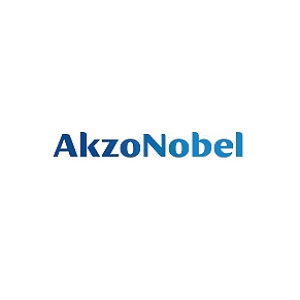Projects View
AkzoNobel to Invest €32 million to Build New Production Plant at its Vilafranca site, Spain

Specifications:
Name:
AkzoNobel to Invest €32 million to Build New Production Plant at its Vilafranca site, Spain
Location:
Vilafranca, Spain
Company:
AkzoNobel
Estimated Cost:
€32 million
Source:
https://www.akzonobel.com/
Introduction:
The beverage can industry’s ongoing efforts to move to products free from materials of concern are being boosted by the launch of next generation coatings technology from AkzoNobel – while a new production plant is also being constructed in Spain.
Features:
AkzoNobel is investing in a new plant at its Vilafranca site, which will produce bisphenol-free coatings for the metal packaging industry in EMEA (Europe, Middle East and Africa). The facility will use advanced automation and has been designed according to high eco-efficiency standards, enabling the company to make a step-change in energy and material efficiency. It’s expected to be operational by mid-2025 and will create around 40 jobs.
Commenting on the new facility, Jim Kavanagh, Director of AkzoNobel’s Industrial Coatings business, says it will help the company respond to a strong need from the packaging industry. “The Vilafranca plant will allow us to offer leading-edge products to any customer and country in EMEA, responding to the most stringent bisphenol regulations in force in Europe. The investment is in line with our view that bisphenols are no longer required to create safe food contact coatings for the metal packaging industry.”
He adds that the new Accelstyle products further illustrate the company’s commitment to giving customers the tangible support they need to transition to a new future. “Both new products – Accelstyle 100 and 200 – can be seamlessly introduced into existing production processes, allowing can makers to transition to coatings that are free from certain important materials of concern, while remaining as commercially viable as possible.”






